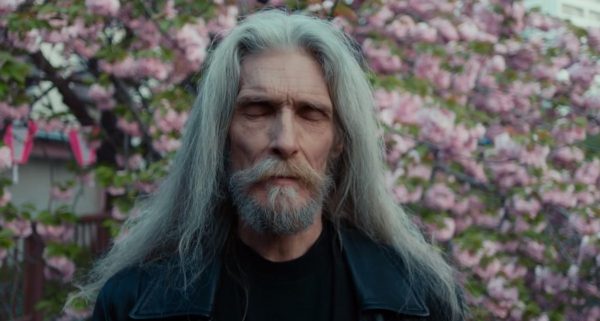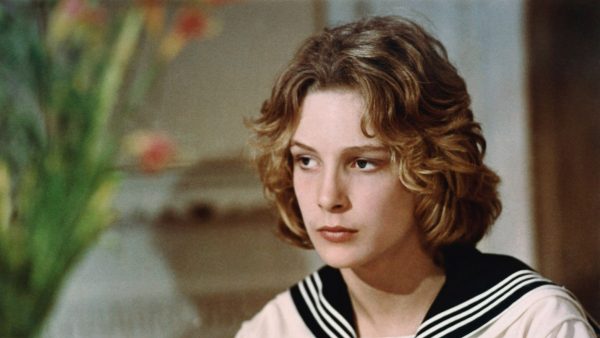The Most Beautiful Boy in the World, 2021.
Directed by Kristina Lindström and Kristian Petri.
Featuring Björn Andrésen.
SYNOPSIS:
In 1971, at the world premiere of Death in Venice, Italian director Lucino Visconti proclaims his Tadzio as “the world’s most beautiful boy.” A shadow that today, 50 years later, weighs on Björn Andresen’s life.

If Alex Winter’s recent documentary Showbiz Kids felt like it basically had the final word on Hollywood’s child actor sausage factory, Kristina Lindström and Kristian Petri’s startling new film carves out a strident niche for itself by examining a wholly different corner of the movie industry.
Swedish boy Björn Andrésen was just 15 years of age when he was plucked from obscurity by legendary filmmaker Luchino Visconti to play Tadzio in his 1971 adaptation of Death in Venice. At the press conference for the film’s Cannes premiere, Visconti dubbed Andrésen “the world’s most beautiful boy,” a label that clung to him like glue and has dogged him for five decades since.
Hard cut to a 65-year-old Björn today; he’s long-haired with an unfussy, scraggly beard. Not unattractive for his age, but far from the descriptor of his youth, while living modestly in a small, messy apartment from which he’s been threatened with eviction for leaving the stove on overnight. From this base description alone, few would liken him to a movie star (curiously, he acted more recently as one of the sacrificial villagers in Ari Aster’s Midsommar).

The question immediately rises – how did a seemingly harmless, complimentary phrase bring Björn to the point where he says he struggles to “feel like a human being”? For starters, much of his story is undeniably defined by the tragically typical turmoil endured by child actors – he was pushed into it by his grandmother, immediately struggled to trust people’s motives, and was eventually disposed of after his star burned out.
It won’t surprise anyone to learn that Andrésen, a strikingly handsome teenage boy when he filmed Death in Venice, was harassed throughout the production, even taken to a gay club by Visconti and the crew and plied with drinks.
But what could’ve been a short-lived nightmare became a long pattern of commodification; the film’s popularity in Japan caused Andrésen to be pushed into a lengthy tour of the country, developing his own suffocating fandom that even went as far as to inspire the character Lady Oscar from the legendary manga The Rose of Versailles.
Yet Björn’s trauma-filled life is so much worse than an industry chewing him up and spitting him out. With disarming frankness, the man opens his heart to detail a harrowing upbringing which has, unfortunately yet predictably, informed his own emotional unavailability as a father. The devastating history of his own alcohol-sozzled parental neglect, which he holds himself entirely to account for, is nothing short of heart-wrenching.

While Andrésen’s flawless youthful features may have faded, he remains a mesmerising figure – a complex, tortured man whose life has been filled with pain. The industrious efficiency with which the filmmaking machine can devour youthful optimism won’t surprise many, but the specific sadness of Bjorn’s story proves an especially diverting cautionary tale.
Lindström and Petri’s filmmaking opts for an intimate yet non-invasive style, mostly leaving their subject to open up when he sees fit, while offering up a terrific array of high-res B-roll from the production of Death in Venice, Andrésen’s media whirlwind in the years that followed, and also of his later home life. It’s all tied together splendidly by gorgeous music from Anna von Hausswolff and Filip Leyman which runs the gamut from unsettling to lyrical.
A sad, compassionate piece of documentary filmmaking which considers the film industry’s exploitation of child actors through a unique prism. If nothing else, it’ll make you think with concern on the young stars of today, and hope they’ve got compassionate, caring people to look out for them like Björn evidently didn’t.
Flickering Myth Rating – Film: ★ ★ ★ ★ / Movie: ★ ★ ★
Shaun Munro – Follow me on Twitter for more film rambling.












